What McDonald’s and Burger King Actually Looked Like in the ’80s
Fast food in the 1980s looked and felt dramatically different from what we see today. Restaurants had bold colors, themed architecture, and interiors that reflected the era’s personality. In this article, we’ll capture the visual and cultural history of some chains.
McDonald’s
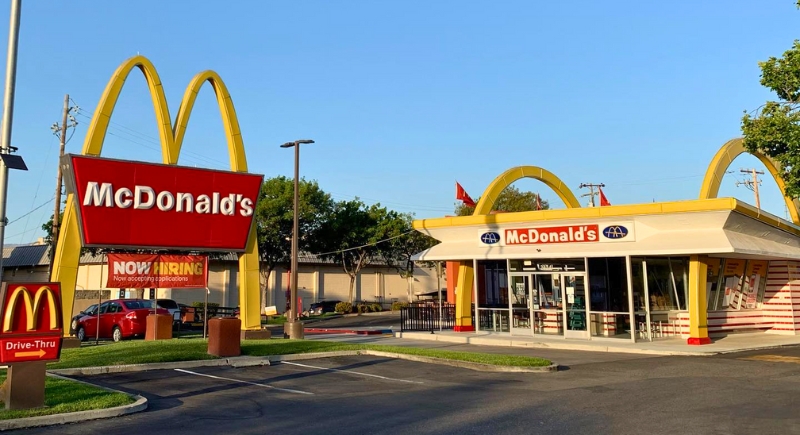
Credit: Instagram
In the 1980s, McDonald’s was defined by its earth-tone palette, woodgrain paneling, and brick walls, often accented with framed McDonaldland art. There were Outdoor Play Places with fiberglass characters like Officer Big Mac, and some locations had outdoor courtyards featuring wooden tables and benches. McDonald’s began testing self-service salad bars in this decade, and its introduction of Chicken McNuggets in 1983 permanently changed the fast-food menu landscape.
Burger King
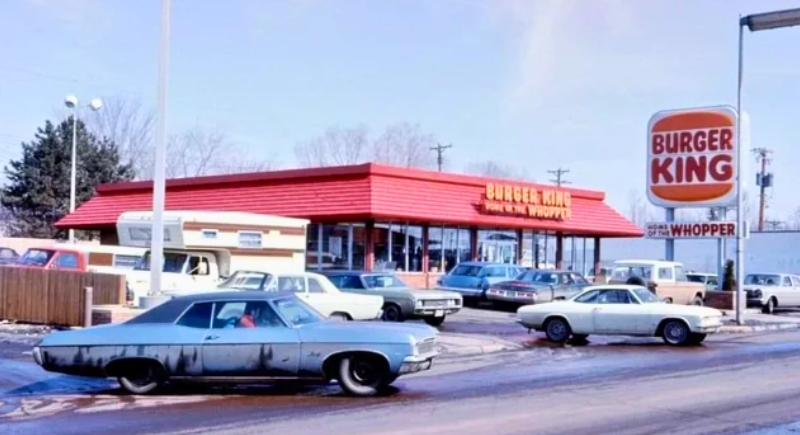
Credit: Reddit
This era of Burger King had earthy browns, weathered shingles, and that rectangular layout that made it feel more like a neighborhood fixture than a fast-food giant. The glowing sign out front had the chunky orange-and-yellow logo that leaned hard into the chain’s flame-grilled identity.
Taco Bell
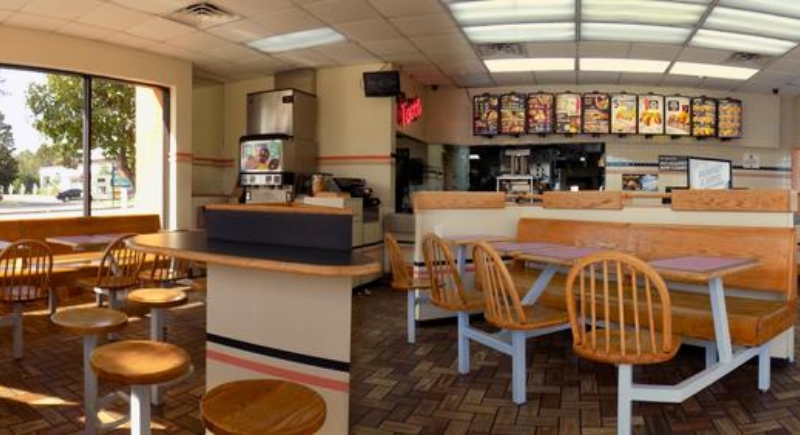
Credit: Reddit
Taco Bell’s Southwestern-inspired architecture stood out with a more subdued design phase. The interior featured pale walls with thin, understated stripes and utilitarian tile floors laid in a dark herringbone pattern. The light wood seating gave it a school-cafeteria feel, and the chain was still known for á la carte pricing, with a menu focused on classic items like tostadas and enchiritos.
Wendy’s
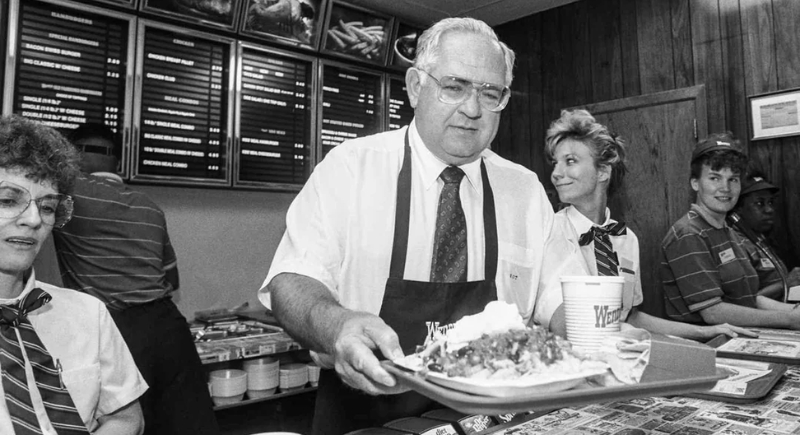
Credit: Reddit
One defining thing of Wendy’s restaurants in the 1980s was their bright, cheerful uniform aesthetic. Those candy-striped shirts, matching hats, and coordinating aprons gave the crew a nostalgic soda fountain vibe. Behind them, menu boards featured bold fonts and product photos.
Pizza Hut
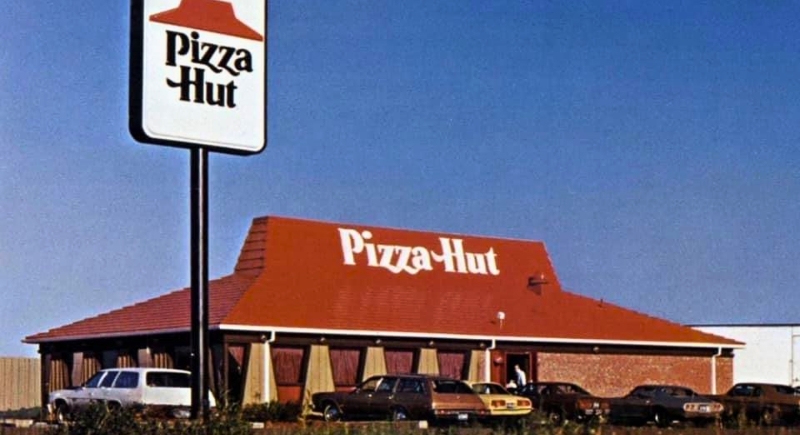
Credit: Reddit
Dine-in Pizza Huts were instantly recognizable for their trapezoidal red roofs and prominent “Roof-Top” signs. Inside, customers sat in heavy wooden booths under stained-glass lamps, surrounded by dark wood paneling and red-and-white checkered tablecloths, often with red cups.
KFC
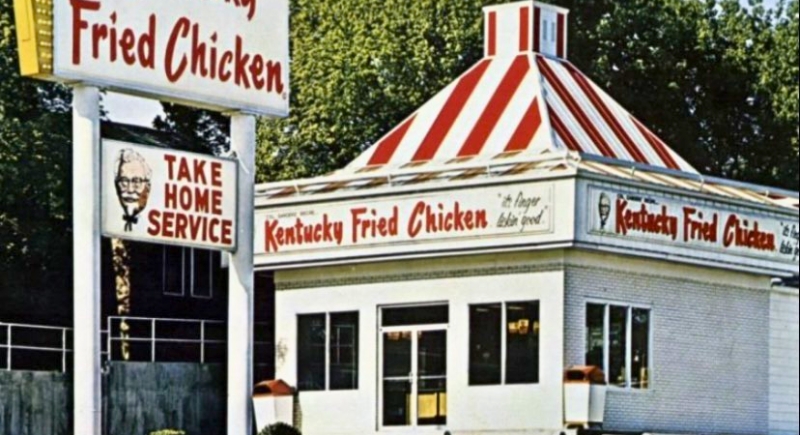
Credit: Reddit
In the 1980s, KFC stores featured Colonial-style facades with red-and-white striped awnings and cupola roofs. Interiors often had linoleum floors, wood-trimmed walls, and framed portraits of Colonel Sanders to pay homage to its Southern roots. Many locations introduced all-you-can-eat buffets, particularly in the South and Midwest.
Arby’s
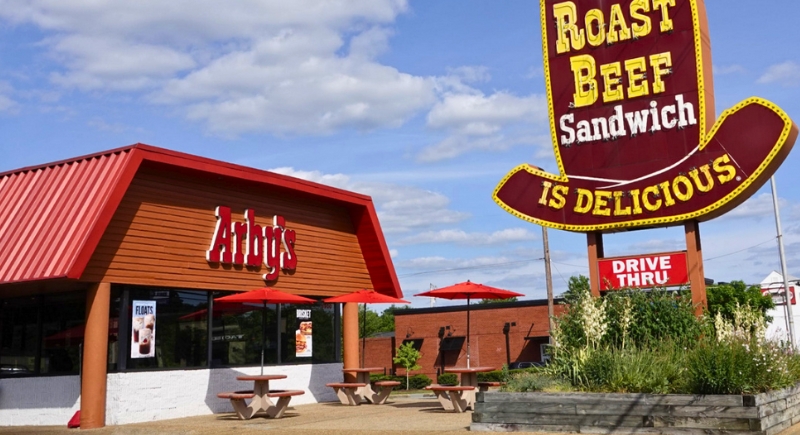
Credit: Instagram
Arby’s restaurants had Western-themed style. The red metal awning and simple brickwork gave the building a no-frills look. The original giant cowboy hat sign, introduced in the 1960s, still stood tall outside many locations. These standalone structures are less common in newer locations.
Hardee’s
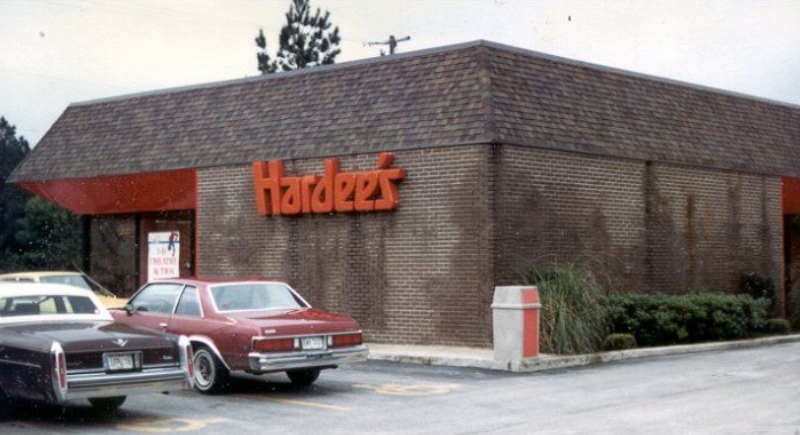
Credit: Facebook
Hardee’s in the 1980s showcased a transition from its early diner roots to a more modern, suburban chain. Restaurants had brick exteriors with sloped brown roofs. The chain expanded aggressively after acquiring Burger Chef in 1982, and its items grew to include fried chicken and breakfast platters. Locations were especially popular across the Midwest and Southeast during this period.
Jack in the Box
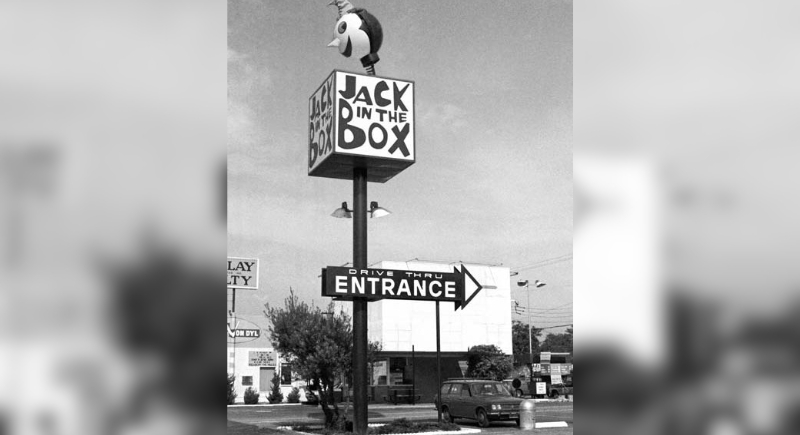
Credit: Reddit
The Jack in the Box of the 1980s had its original drive-thru-first designs, with compact buildings and narrow dining areas. The cube-shaped sign, topped with a cartoonish jack-in-the-box head wearing a pointed cap, stood high above the lot and guided cars toward the drive-thru entrance.
A&W Restaurants
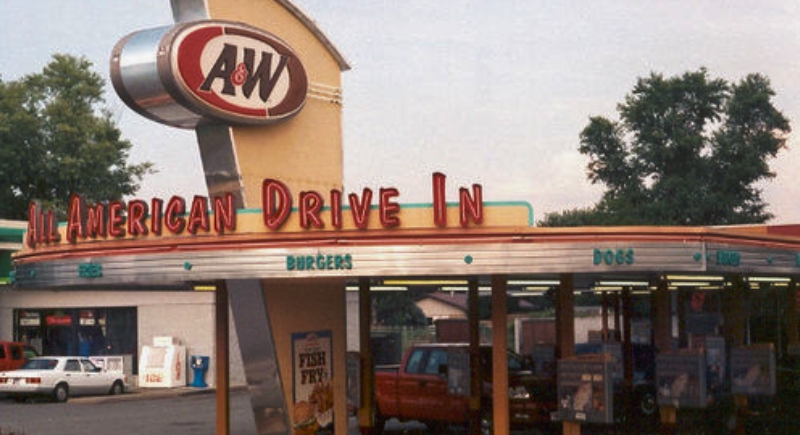
Credit: Facebook
A&W embraced its root beer stand legacy and kept the classic American drive-in spirit alive. The towering sign proudly declared it the “All American Drive In,” with retro styling that nodded to the 1950s car culture that helped make A&W a roadside icon. It was common to see glass mugs chilled in freezers before being filled at the tap.
Roy Rogers
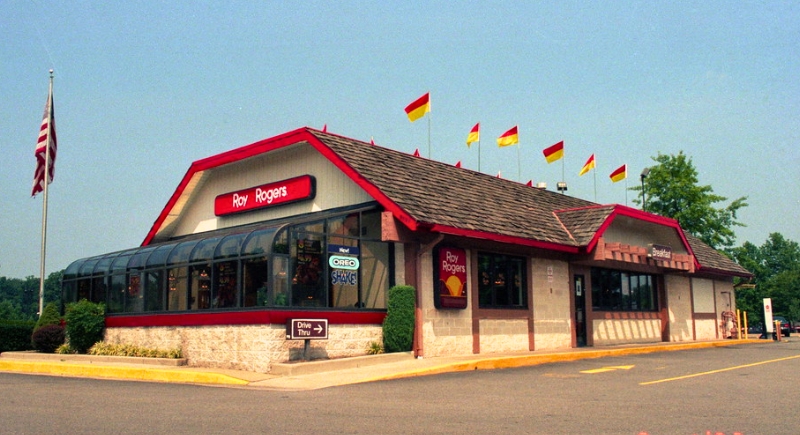
Credit: flickr
Roy Rogers had a low-slung roofline and was surrounded by a vast, sun-bleached parking lot typical of suburban East Coast sprawl in the 1980s. The red-and-brown tones, lantern-style lighting, and wooden accents meant that few chains captured the cowboy-themed aesthetic like this one.
Rax Roast Beef
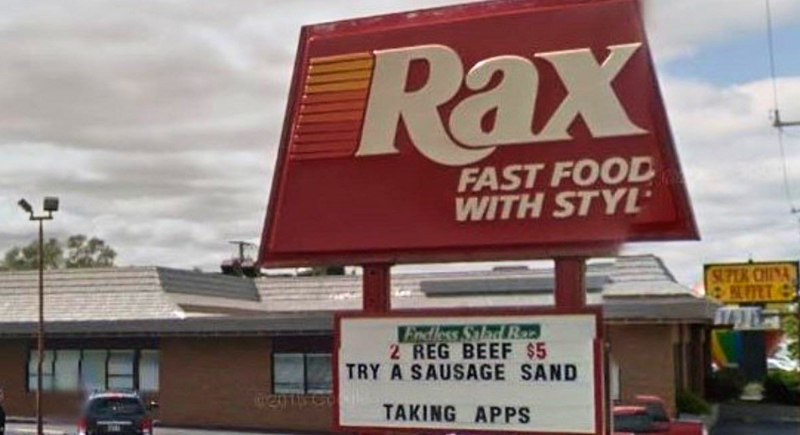
Credit: Reddit
Rax was one of the more visually ambitious fast food chains of the 1980s. The parking lot was broad and utilitarian, while the building’s low profile and neutral brick exterior hinted at a time when the restaurant aimed for both familiarity and flair. It experimented with solariums, salad bars, and even “luxury fast food” lounges. At its peak, Rax expanded quickly across the Midwest, but most locations have vanished.
Red Barn
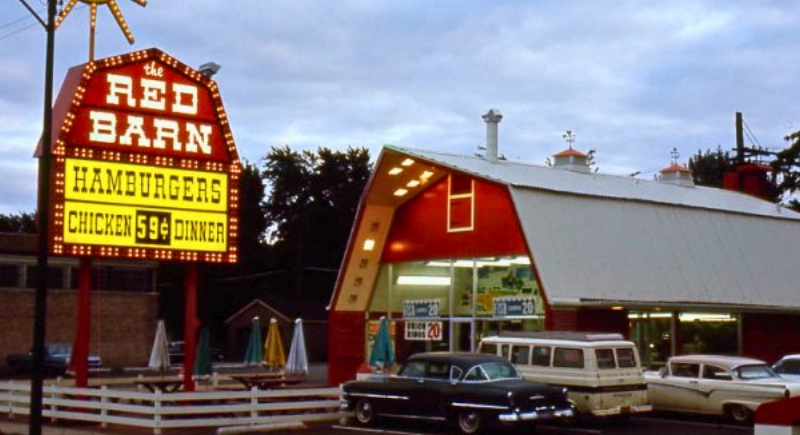
Credit: Facebook
This chain built its entire identity around rural Americana with its unmistakable barn-shaped buildings, complete with pitched roofs and red-painted siding. Their menus offered Big Barney and Barnbuster burgers, which predated similar stacked sandwiches from competitors. Though the brand faded by the late 1980s, the architecture became so iconic that many old buildings still stand.
Big Boy
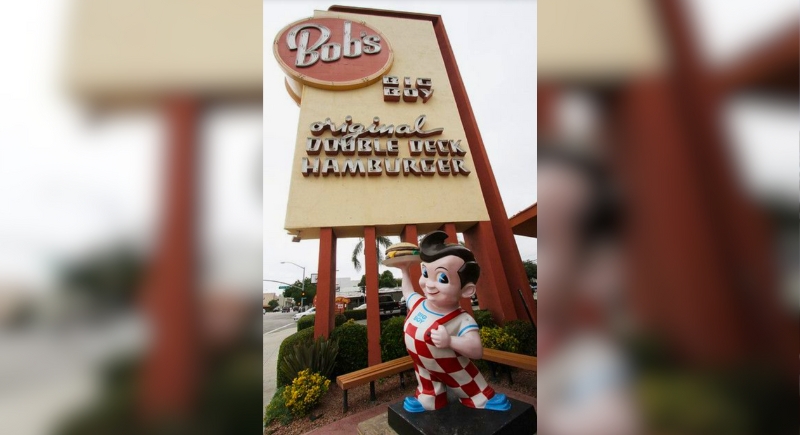
Credit: Reddit
Once you spotted an oversized statue of a grinning mascot holding a double-deck hamburger, it signalled that you were at Big Boy. Many stores doubled as sit-down diners; they had waitress service, vinyl booths, and printed menus offering everything from milkshakes to meatloaf. Kids joined the Big Boy club and got comics with meals.
Long John Silver’s
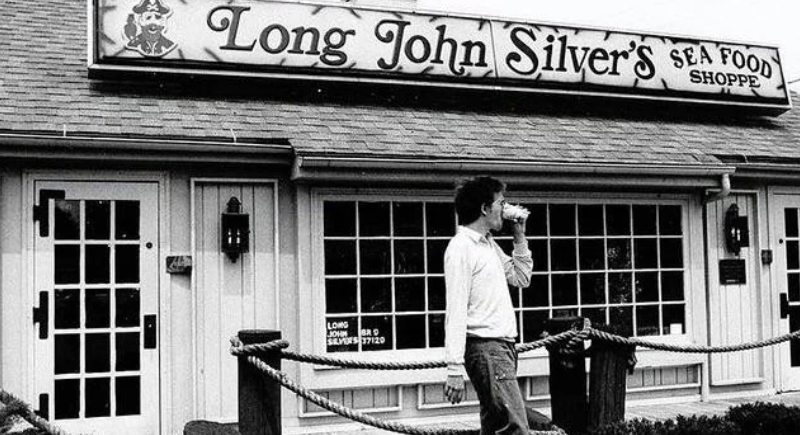
Credit: Reddit
Long John Silver’s had a nautical theme that set it apart from every other chain. The buildings looked like colonial ships, with weathered wood siding, blue trim, and lantern-style light fixtures. Menu boards were printed with scroll designs, and meals came in cardboard boats. For families, it felt like a miniature seaside tavern that just happened to be in the neighborhood.